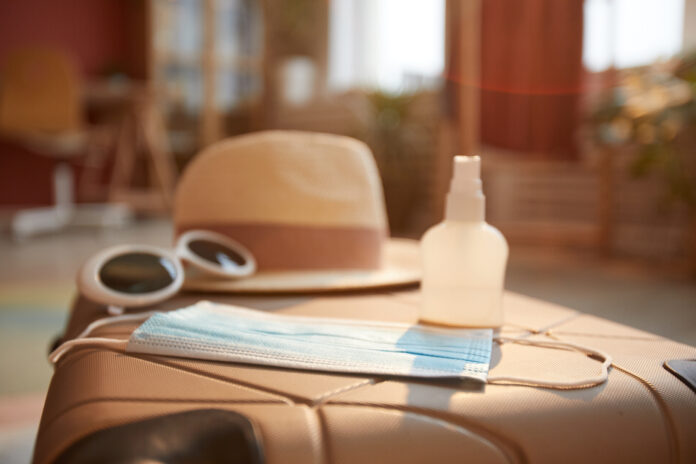How to travel safely during the coronavirus outbreak
Travel during the coronavirus pandemic
The world is currently experiencing a global health crisis that has resulted from an outbreak of COVID-19. The virus was first identified in Wuhan, China, and spread to other countries around the globe within weeks. As of April 4th, 2020, there are over 1 million confirmed cases worldwide, with more than50 thousand deaths. Many governments have implemented travel restrictions for citizens traveling outside their home country in response to this public health emergency.
Mobile contact tracing apps
Use mobile phone applications to track your movements and share them anonymously with public authorities if you are diagnosed or suspected of contracting Covid-19. This helps trace contacts and prevent further infections.
Common Passenger Locator Form
This online tool allows passengers traveling by air or sea from one country to another within the Schengen area to check if they can enter their destination without having to fill out an entry visa application. It also provides helpful information, such as what documents they need to bring when entering their goal.
Safety guidelines:- If you’re planning to travel outside of the U.S., check the CDC website for the latest information.- Be sure to follow any local health recommendations.
• Be aware of the potential spread of COVID-19 in your area.
• Know what your state and local governments require before leaving.
• Consider how much time you’ll need to spend away from home.
• Follow CDC guidelines for social distancing.
• Even less safe activities include:
Which mode of transportation you’re using
Not all types of travel are equally risky. Traveling by air, for example, is more dangerous than crossing the country in an RV.
So it makes sense that airports, massive city airports, are a hot zone for infectious diseases and novel pathogens. Once you’re seated on the plane, assuming passengers and ight staff are required to wear a mask, surfaces are cleaned regularly, and people are spaced greater than 6 feet apart, your risk is probably reduced.

Where you’ll be staying
You’re less likely to encounter the virus camping in the woods than in a busy hotel in a big city.
A hotel is a shared environment, so it comes with its risk factors. Several hotels have implemented risk-reduction protocols, requiring guests and staff to wear masks in public areas, shutting down common areas, and only cleaning rooms between guests. Still, your best bet is to select lodging options that expose you to the fewest number of people to keep your risk as low as possible.
Strategies for Staying Safe While Traveling
Travel, by definition, increases your chances of getting and spreading COVID-19. Before you get out of town, make sure to check state and local travel restrictions and do some research to learn whetherCOVID-19 is spreading in your area or where you’re traveling. Some states require out-of-state visitors to self-quarantine.
“If you decide to travel, it’s important to remember that the coronavirus is a respiratory virus,” Dr. Ben-Aderet says. “When you understand that, the recommended guidelines to protect yourself from the virus make more sense.” What to do: Practice good hand-washing hygiene: Wash your hands with soap and water for at least 20 seconds, especially after visiting a public place or touching potentially contaminated surfaces. No access to soap and water? Use hand sanitizer until you’re able to get to a sink.
Avoid touching your face: Your nose and mouth are the primary routes of transmission. Keeping your hands away from your face will help prevent contaminated droplets from reaching your mucus membranes.
Wear a mask: Covering your nose and mouth with a show ensures germs stay put. “It’s a lot harder for a respiratory droplet to hit you or contaminate a surface you might come into contact with if everyone is masked.
Practice physical distancing: Virus-containing droplets can travel through the air. If you keep your distance from the people around you, you’re more likely to avoid infection.
Most importantly, recognize that as a traveler, you have a responsibility to protect yourself and the people around you. If you’re exposed to COVID-19 while you’re traveling, you can spread the virus to loved ones when you return, even if you are symptom-free.
People over age 60 or with underlying medical conditions are especially vulnerable to developing severe illness from COVID-19.But there are ways to travel safely. The key is to take the coronavirus threat seriously and follow the guidelines laid out by the CDC and state and local health officials.

